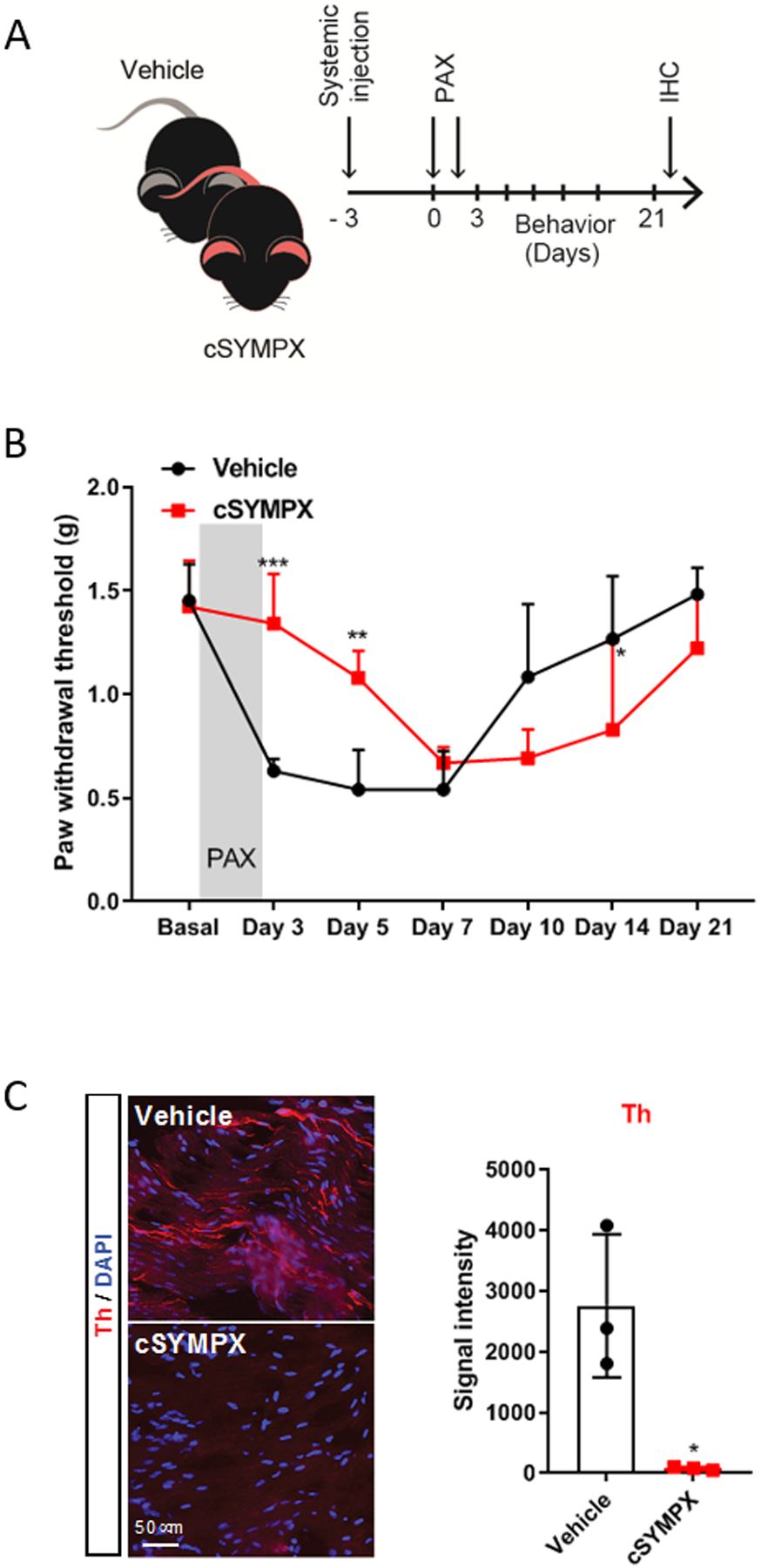Figure 1. Systemic chemical sympathectomy delays the development and resolution of paclitaxel-induced mechanical allodynia.

(A) Schematic illustration of the experiment showing the timeline of systemic chemical sympathectomy (cSYMPX), injections of paclitaxel (PAX), and behavioral and histochemical (IHC) assays. (B) Time course of paclitaxel-induced mechanical allodynia in mice (n=5 male mice/group, two-way ANOVA showed significant difference between cSYMPX and vehicle groups, Group × Time interaction: F6,48 = 12.02, p < 0.001; Bonferroni post hoc analysis revealed a significant difference between groups on day 3, 5 and 14. *p < 0.05, **p < 0.01, ***p < 0.001). (C) Representative images and quantification of tyrosine hydroxylase (Th) protein in DRG tissues of vehicle- and cSYMPX treated mice at day 21 of paclitaxel (n=3 male mice/group, t-test, *p = 0.017 compared to vehicle).
